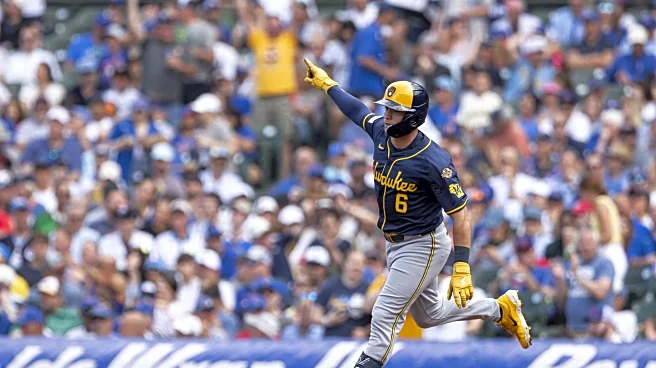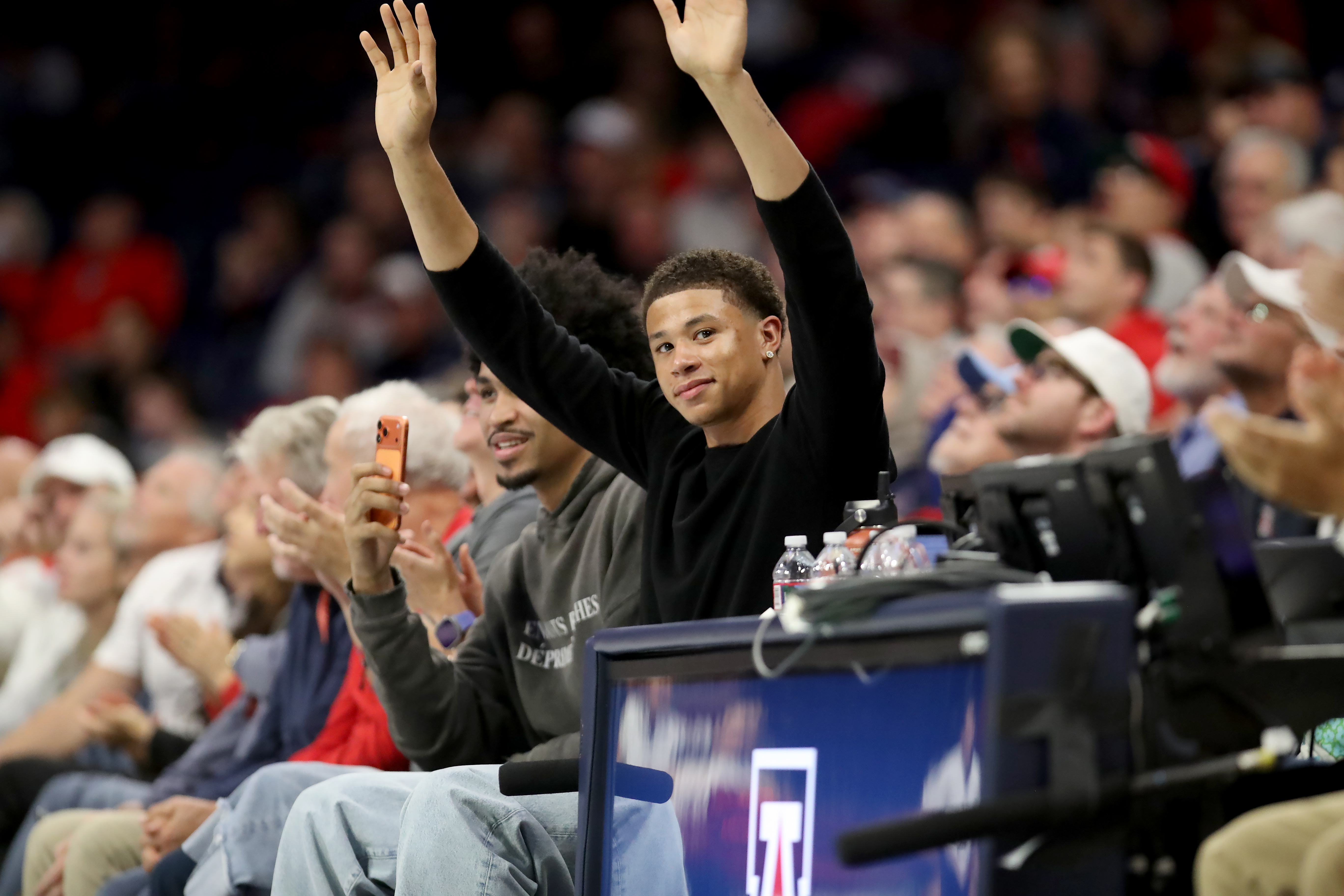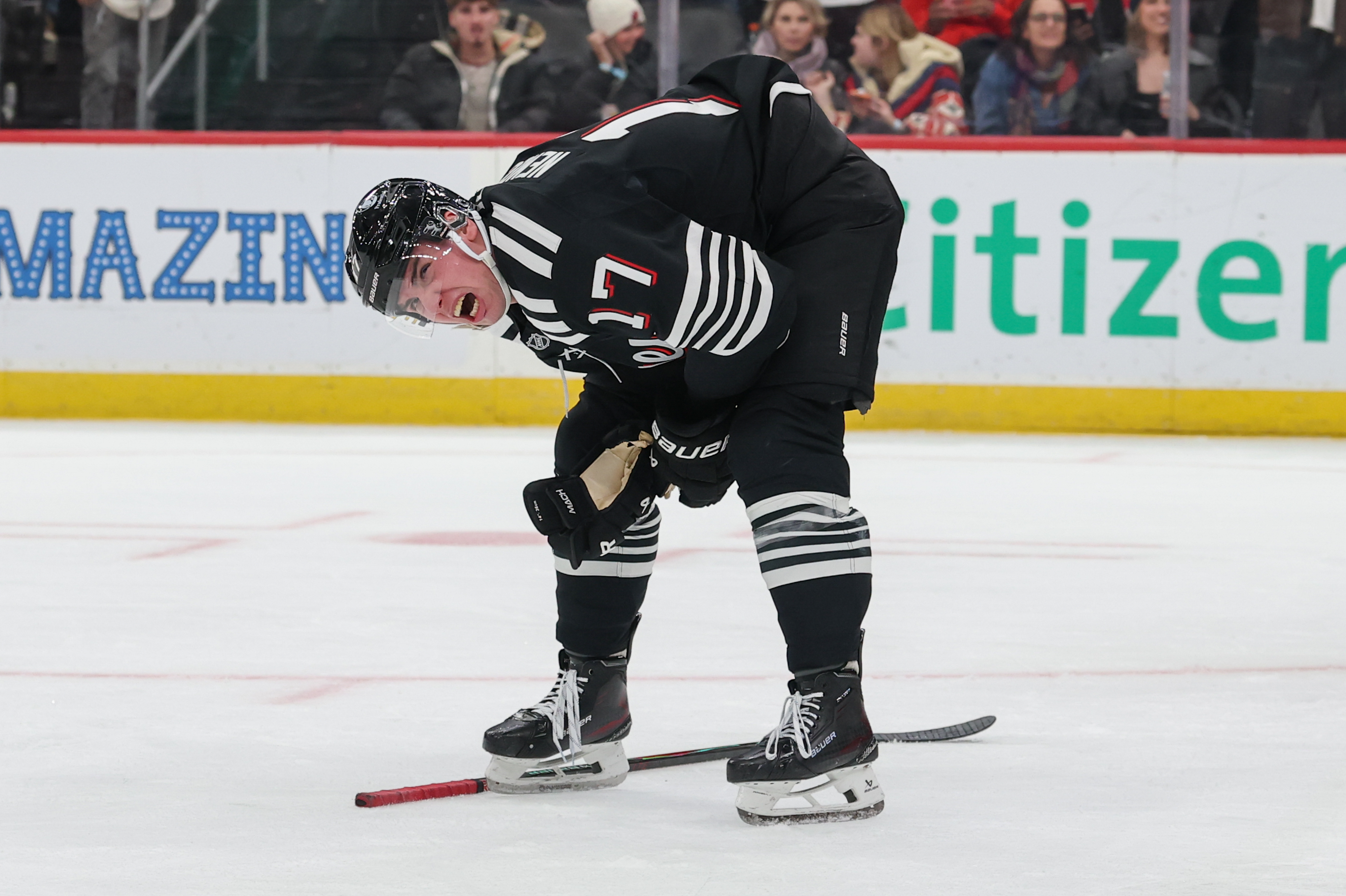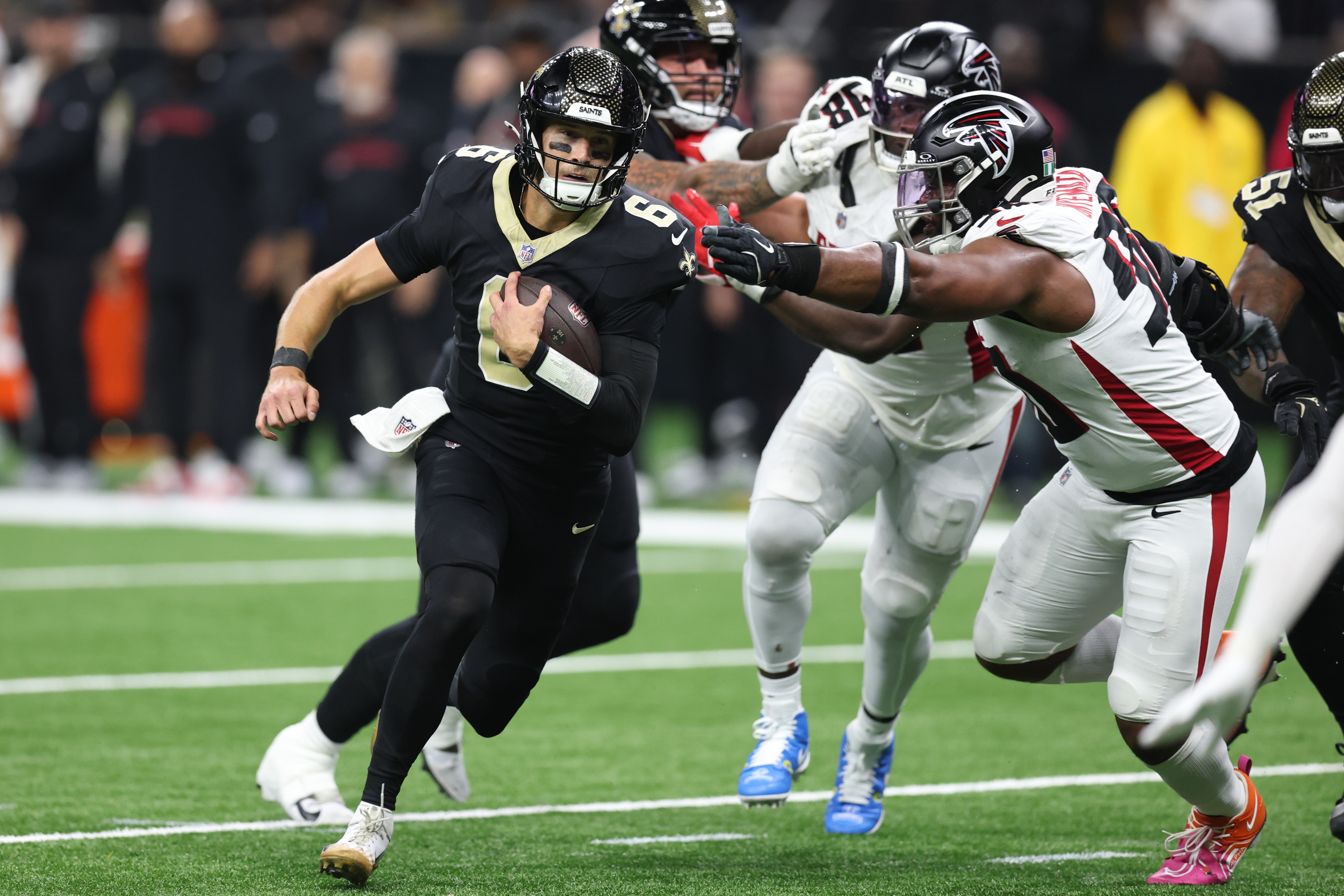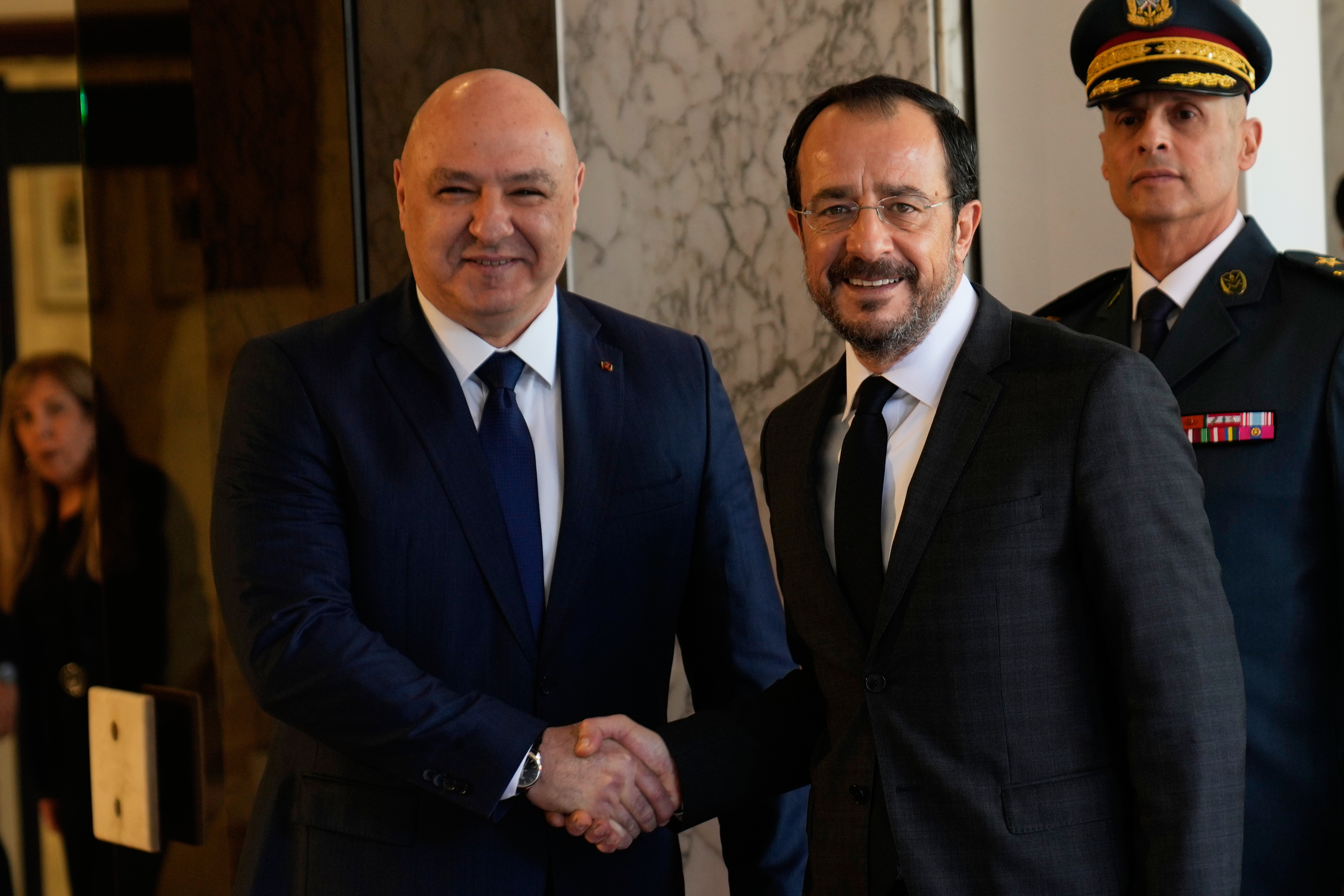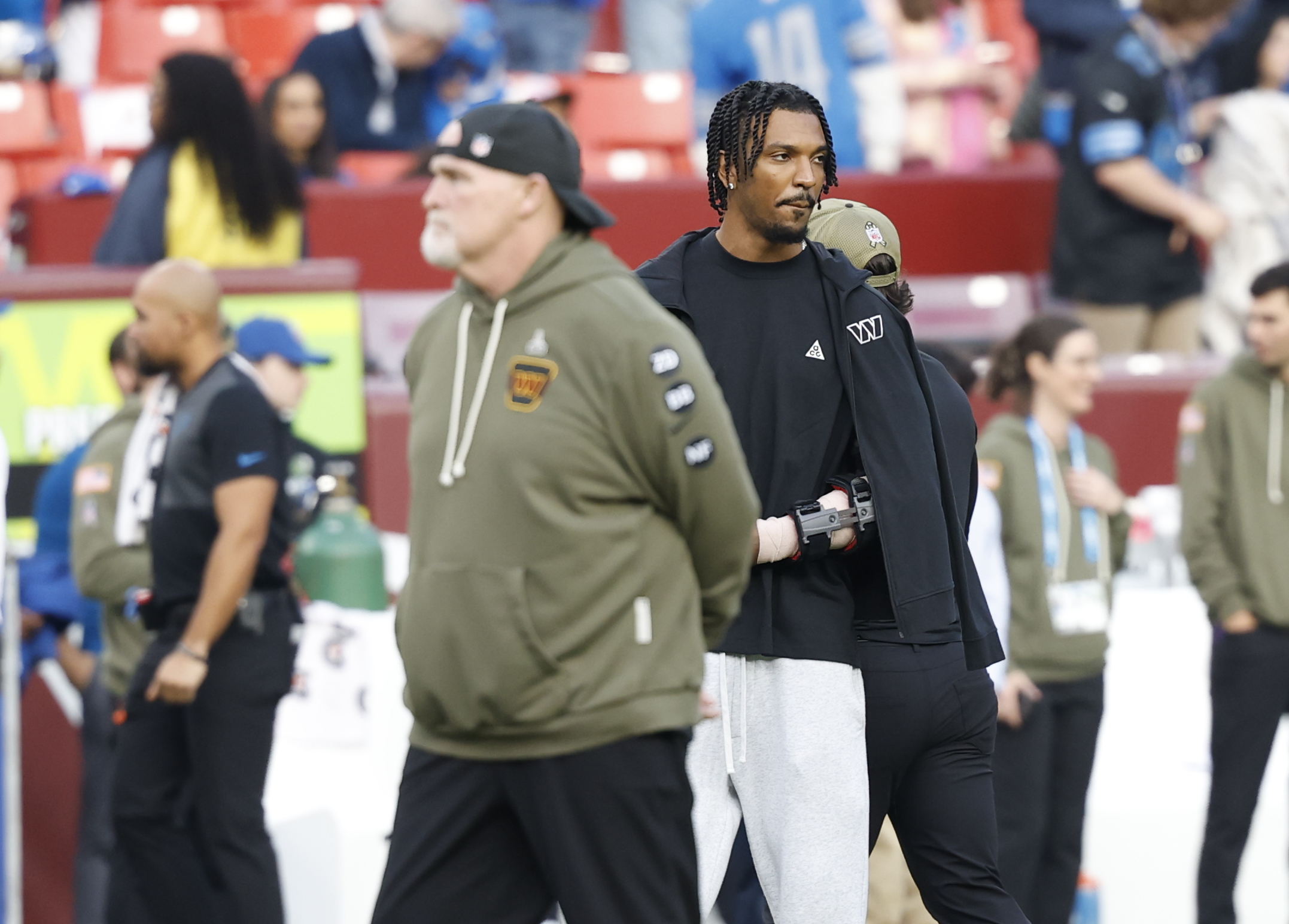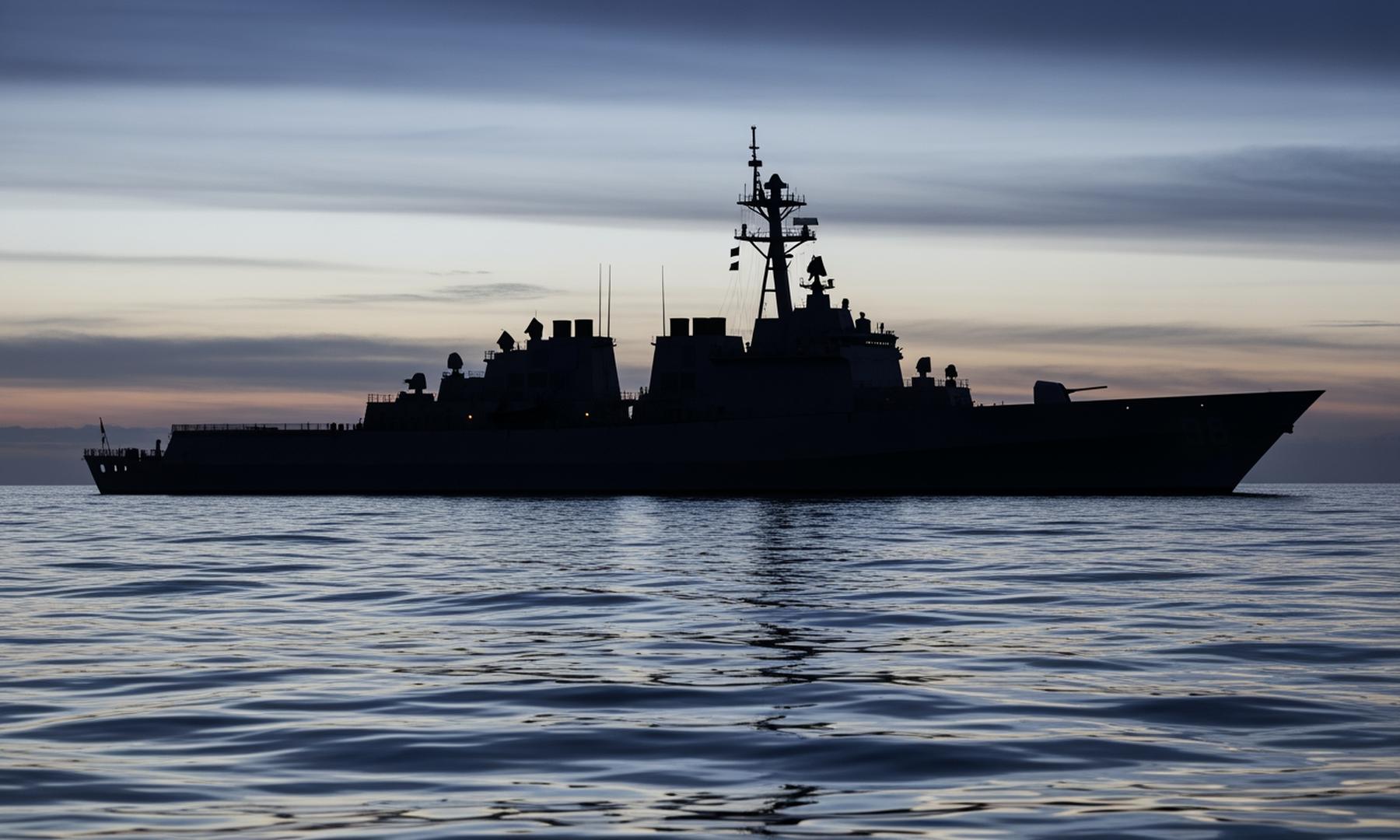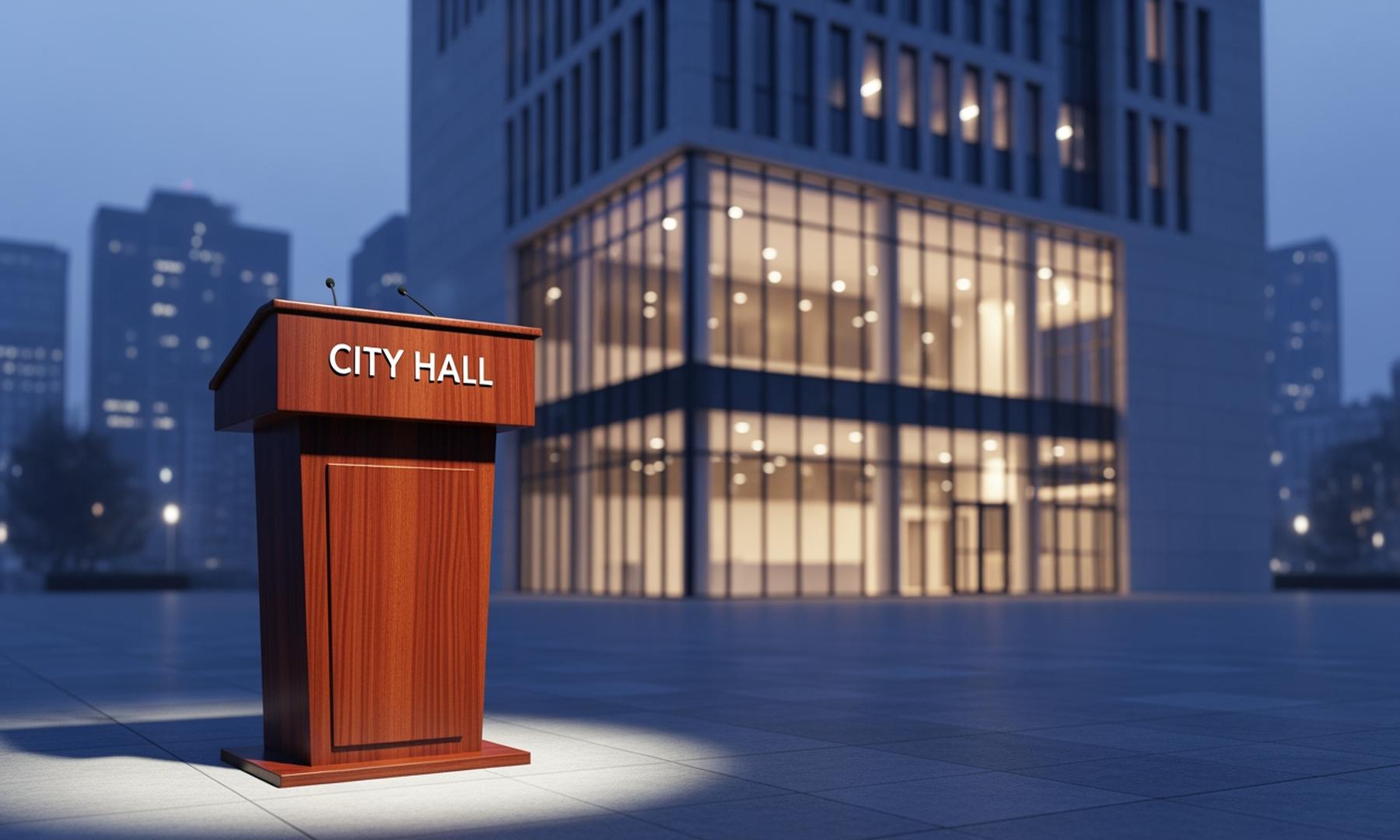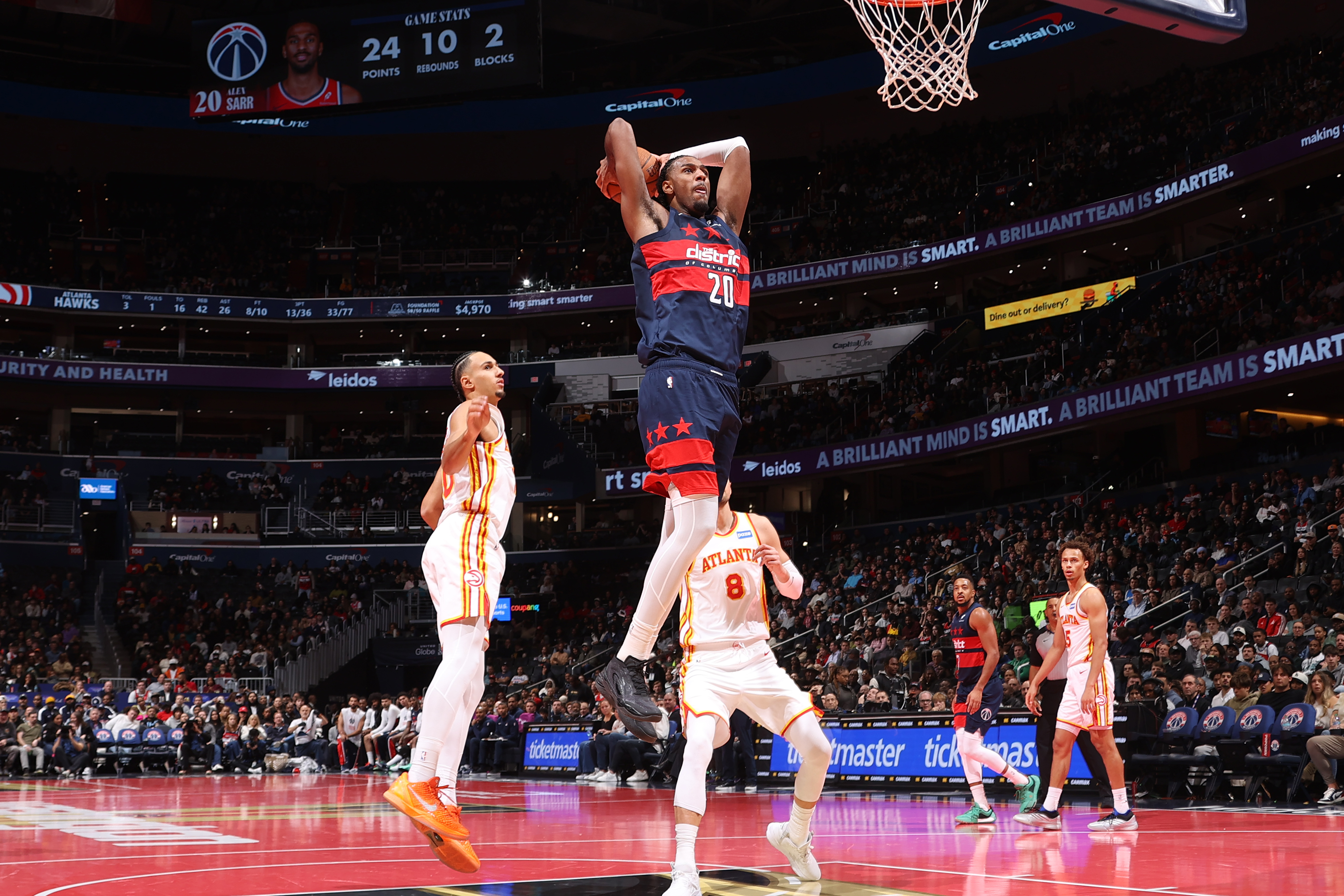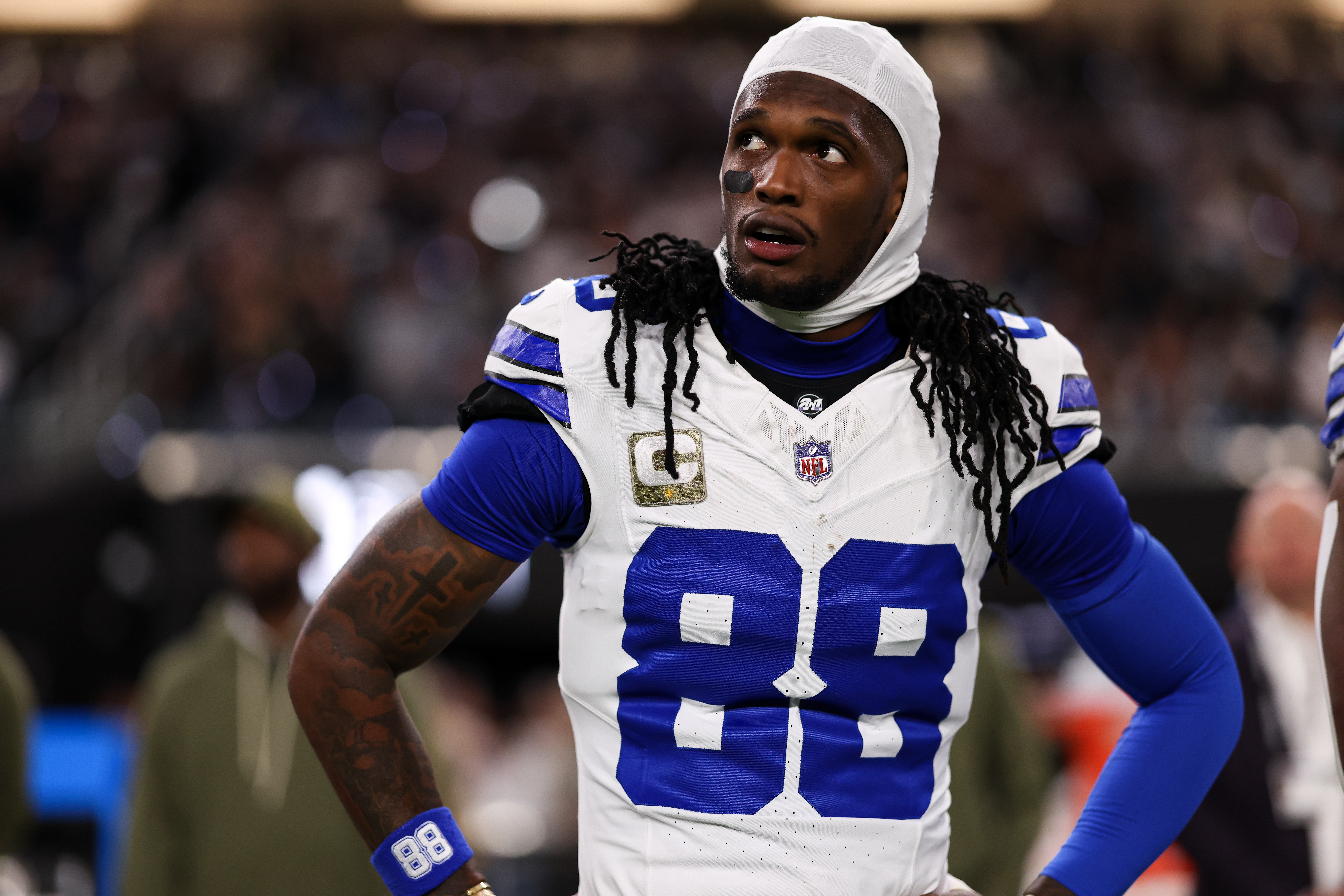Today we are wrapping up our series looking at potential targets from outside the Brewers’ organization that could help the team in 2026. We’ve already looked at starters, relievers, and infielders (and catcher), and today we’ll finish up by looking at the outfield.
As always, we’ll start by looking at Milwaukee’s internal options, then survey the free agent and trade landscape.
The Need
The Brewers have options in the outfield, but it’s not clear that more than two of them are necessarily great options.
The
two guys that have nothing to worry about heading into the 2026 season are Jackson Chourio and Sal Frelick. Frelick is a year removed from winning a Gold Glove in right field and he saw meaningful improvement at the plate in 2025, and as he enters his age-26 season it’s safe to call Frelick a good major league player. Chourio found it difficult to build on the two spectacular months that he had to end the 2024 season, but he was still a 21-year-old outfielder with a .770 OPS in 2025, and in the postseason, he was one of the few Brewer hitters who looked ready for the moment. Chourio is probably best defensively in an outfield corner, where he played in 2024 to great success, but — partially due to need — he played 89 games in center field in 2025. He wasn’t great there, but he wasn’t bad, either, and he could certainly be Milwaukee’s full-time center fielder in 2026 if that’s what they want him to do.
The player with the third-most starts in the Brewer outfield in 2025 was rookie Isaac Collins, the switch-hitter who was a revelation through mid-August (he had a .288/.384/.448 batting line on August 13 and was firmly in the NL Rookie of the Year running) and a disaster after that (in his final 31 games he hit .187/.318/.297, his defense got weirdly worse, and he was hitless in nine plate appearances in the postseason). Collins does not possess what one would call a blue-chip background: he was a ninth-round draft pick seven years ago who the Brewers acquired in the minor-league phase of the Rule 5 Draft, and he didn’t debut in the majors until he was 27 years old. The fear with Collins is that sometimes we see this type of illusory production from players who, frankly, aren’t all that good when they first make the majors, but then the scouting report gets out, and it becomes much harder for them.
Am I saying that there is no chance that Collins is a valuable player next season? Absolutely not. Collins possesses an absurdly good batter’s eye, but doesn’t just lay off everything and swings at the pitches he’s supposed to. When you combine that with his above-average bat speed and max exit velocity, there’s some reason for optimism. But I would be cautious about heading into 2026 with the assumption that Collins is going to produce well for the Brewers for 140 games in left field.
At this point, Christian Yelich shouldn’t really be considered an outfielder. He played left field in only 19 games in 2025, with 131 appearances at designated hitter, and his defensive numbers in 2022 and 2023 — the last seasons in which he has a full-season sample defensively — were not good. At 34, he’s not getting any spryer, and I think the ship has sailed on Yelich as anything other than a defensive liability. It does limit the Brewers’ options in some ways, but right now, he’s not really battling for DH at-bats with anyone else on the roster, barring some sort of platoon arrangement that could get both William Contreras and, say, Jeferson Quero into the lineup versus left-handed pitching, which Yelich struggled against in 2025. He’s still an excellent hitter against righties, so he should be in the lineup against every right-handed pitcher Milwaukee faces, so long as he’s healthy.
There are a couple more players to talk about, here. Blake Perkins had another year of excellent defense and just enough offense, though he was a serious offensive liability in the postseason, and in an ideal world, he would serve strictly as a defensive replacement and pinch-runner in the playoffs.
The other is Garrett Mitchell. 2025 felt like the year that Mitchell was going to break out, after he had excellent production in limited time in each of his first three injury-plagued seasons. But Mitchell managed only 25 games in 2025, and what’s worse is that he played poorly in those games, hitting just .206/.286/.294 in 78 plate appearances. Mitchell’s potential is enticing, but he’ll need to be in extreme “prove it” mode this spring. He’s now 27, he’s never played more than 69 games in a major-league season, and it’s fair to wonder if his body just doesn’t work the way that a professional baseball player’s body needs to work. I’m hopeful that that’s not the case, and there’s a world in which Mitchell is one of the surprises of the season — I actually predicted that Mitchell would make an All-Star team before last season, and that was just eight months ago. But if he struggles to regain his form or has to deal with another major injury, it could signal the end of his time in the Brewers’ plans.
So, to recap: Chourio and Frelick have two spots locked down, and Perkins should be considered a valuable piece of the club but not as someone who should be starting regularly. Collins could be that third starting outfielder, but if the Brewers are nervous, they could look at an upgrade possibility there. Mitchell will be given a chance but cannot be relied upon. Yelich will be the designated hitter and will probably get an occasional start in left field but shouldn’t play more than a handful of games there.
Like the infield, the Brewers are probably comfortable heading into the season with the group they’ve got in place, and I think that’s the most likely outcome. But given that Milwaukee’s offense was clearly not good enough in the postseason, there could be an opportunity for an upgrade here. It would need to be a big move, I think, because with Collins, Mitchell, and Perkins all deserving of time in the majors, there’s not really enough roster space to carry a marginal upgrade or platoon option.
Free Agents
This year’s top free agent is, indeed, an outfielder, but the Brewers are not going to be in on the Kyle Tucker sweepstakes. It’s a shame: Tucker is an excellent fit. Even if he’s not quite the hitter he was in an injury-shortened 2024 season, Tucker has been a consistent source of excellent offense, sneaky-good baserunning, and “just fine” corner outfield defense ever since his first full season in the majors with the Astros in 2021. Tucker has had at least 4.6 bWAR in each of the last five seasons (including 2024, when he played only 78 games), and he’s had an OPS+ of 142 or higher in four of those five, with just his 2022 season — when he still had a 129 OPS+, 30 homers, and 25 steals, won a Gold Glove, and finished 15th in MVP voting — falling short.
Let’s set Tucker aside, though — he’s going to make well over $300 million, if not more. The only other free-agent outfielder who fits the “definitely an upgrade” category is also going to make way too much money for the Brewers, but not as much as Tucker. That’s Cody Bellinger, who was arguably the best left fielder in baseball last season (it wasn’t a banner year at that position). Since edging out Yelich for the 2019 MVP award, Bellinger’s career has taken a series of strange twists and turns; he was okay in the pandemic-shortened 2020 season, but was then one of the worst regular players in the league in 2021 and struggled badly in 2022, as well, such that Bellinger was non-tendered by the Dodgers that winter, a near-unthinkable move for a 26-year-old former MVP.
Bellinger played well on a “prove it” deal with the Cubs in 2023, which earned him a three-year, $80 million contract before the 2024 season. But 2024 didn’t go as well, the Cubs traded him to the Yankees, and Bellinger responded with his best all-around season since his MVP campaign in 2019. He opted out of the final year of his contract after that, and enters the market hoping to get a longer term contract with a bigger annual value than the $25 million he opted out of. He’s still only 30, so it could happen, but it’s fair to wonder what sort of deal will show up for a guy who has had such a checkered last five years.
It will certainly be more than the Brewers are willing to pay, but it’s also likely to be a deal that the Brewers could afford if they felt Bellinger was the missing piece, especially if Bellinger is, again, dissatisfied by the long-term options. But the Yankees likely want him back, and the other teams that are likely to sniff around basically create a group of the five richest teams in baseball: the Mets, Dodgers, Cubs, and Phillies, in addition to the Yankees.
I’m looking, but I don’t see any other outfielder that makes sense as a free agent for the Brewers. Mike Yastrzemski could, in some world, make some sense as a left-handed platoon option, but he’d hurt the Brewers’ defense, Collins is better against right-handed pitching, and Chourio doesn’t need a platoon partner.
So, the Brewers are not going to add a free agent outfielder.
Trade Targets
This is very similar to where the Brewers were in the infield, in that I’m really only looking at big upgrades here, star-level players. I just don’t see the benefit to giving up resources to add another mid-level option, given that the Brewers have at least five (six if you include Yelich) viable outfield options who’ve already shown some level of success in the majors.
The top target is an easy one, though the viability of this move is questionable: Minnesota’s Byron Buxton. After the Twins stripped their roster of everything except the engine at last year’s trade deadline, the expectation was that Buxton, who enjoyed arguably his best season in 2025, would be next. But he was mildly injured at the trade deadline and the Twins held on to him, and he has a full no-trade clause, and he’s spent his whole career with the Twins, and it’s not clear that he wants to move.
There’s also this: the AL Central still isn’t very good. Detroit got off to a great start last year but looked awful in September and almost fell all the way out of the playoffs. There’s also some talk that they could trade Tarik Skubal, and while I don’t buy it, he’s only a year from free agency; if the Tigers do that, they’re probably not a playoff team. Cleveland keeps making the playoffs, somehow, with an offense consisting of José Ramírez and a bunch of guys who can barely hit. Chicago improved last year but is still a long way away. The Royals made the postseason in 2024 but regressed to 82 wins in 2025. Even after trading away a bunch of their roster, the Twins still have Buxton and Joe Ryan plus a bunch of highly-regarded prospects who are either already in the majors or are at the upper levels of the minors. That’s not a ton to build upon, but it’s possible that this division is so bad that the Twins could overperform and steal it. If their front office believes that’s the case, they would certainly hold on to Buxton.
And while the weird ownership situation in Minnesota might mean they’re trying to cut payroll, Buxton is surprisingly affordable for a player of his caliber: he has three more years at about $15 million on his contract (with bonuses that could push it up to as much as about $25 million, but to get anywhere close to that number he’d have to finish in the top three in MVP voting). That’s a number that Milwaukee can certainly afford — that’s less than what Rhys Hoskins made last season.
So, what would Milwaukee be getting if they were to trade for Buxton? He is no longer the abundantly enticing player he was in his youth: the young Buxton played the best outfield defense in the league, stole bases and never got caught (his current career stolen base percentage of 90.7% is over four points higher than the all-time best for a player with at least 200 attempts, though Buxton has attempted only 129 to this point), and while he struggled to get on base, he flashed some pop.
But he also struggles to stay healthy. After playing 140 games in his age-23 season in 2017, Buxton did not reach 100 games played again for seven years, when he played 102 in 2024. Since becoming a regular in 2016, Buxton has averaged only 85 games per season; in 2023 they even took him out of the outfield to try to help him stay healthy, though he’s been back in center field the last two seasons.
Now 31, Buxton doesn’t quite patrol center the way he used to, but he still steals bases at an absurd clip (24-for-24 in 2025) and he’s added real power to his game: he’s slugged .537 over the past six years and hit 35 homers in 2025 to win a Silver Slugger. He still doesn’t walk much and he’s probably not going to put up an OBP above .350, but his power makes him an extremely valuable player.
Basically, Buxton has been a Hall-of-Fame level talent when he’s been on the field. He just hasn’t been able to stay on the field. At this point, he may not be that all-around player anymore, but if the Brewers could acquire him, maybe move him into a corner to avoid wear and tear, they should still be able to get two or three solid years from him.
But why would the Brewers be able to do this? Even if they were willing to part with the prospect capital (which wouldn’t be cheap, but wouldn’t require Jesus Made and could probably be done without Luis Peña), Buxton still has that no-trade clause, and if he were to waive it, would it really be for the Brewers? Buxton would be the second-best outfielder available after Tucker, and there are plenty of good, wealthy teams who could use him. Unfortunately, the Dodgers would probably just offer the Twins one of their two top 25 prospect outfielders, Josue De Paula or Zyhir Hope, and while I love Wisconsin (and Buxton has a long history in the Midwest), have you guys ever been to Los Angeles?
Buxton makes a ton of sense, and the Twins might be willing to deal, but I feel comfortable saying he will not be a Brewer in 2026.
Are there any other options?
Maybe the Brewers could try to get one of the young Orioles who haven’t really panned out yet, given that Baltimore just traded for Taylor Ward. But Colton Cowser and Heston Kjerstad have their own question marks, and Kjerstad, at least, would be a major defensive downgrade. They’d still probably be expensive, given their recent status as top prospects, and the risk doesn’t seem worth it to me.
Maybe the Athletics have some buyer’s remorse on Lawrence Butler? There are still five years and about $60 million on the extension he signed before last season. This would be a pretty shocking move, though, even if Butler wasn’t nearly as good in 2025 as he was the year before. The Athletics also have Tyler Soderstrom, a good, pre-arbitration hitter. Some of his defensive metrics look pretty good, too. The cost here would be very, very high — Peña plus. Don’t see why the Athletics would do it.
There are a lot of rumors around Boston’s Jarren Duran. Duran’s 2024 season, in which he was one of the very best players in the league, was probably fluky, but he was still a solid contributor in 2025 and had 4.7 bWAR. He just turned 29, and the Red Sox have more outfielders than they need with three cheaper, bona fide starters in Ceddanne Rafaela, Wilyer Abreu, and Roman Anthony. He’s not cheap: he and the Red Sox avoided arbitration by agreeing to a $7.7 million deal for 2026, and he’s got two more arbitration seasons (he’s arb two, but a super-two player) after this.
The Pirates are probably willing to part with Bryan Reynolds, who still has five years and about $70 million left on the eight-year deal he signed three years ago. But he also had his worst full season as a pro in 2025 and is about to turn 31. This seems like a bad bet, and certainly not the kind of big-money risk the Brewers are going to take.
(Milwaukee is also not going to risk taking on the immense amount of money tied to Fernando Tatis Jr., who probably is not available.)
The Cardinals might consider trading Lars Nootbaar. I’m not sure if he’s good or not? He’s coming off his worst season, and he’ll be 28 in 2026.
There are some big names in this group and some good players, and there’s reason to believe some of them could be traded. I still say it’s unlikely, but it’s not inconceivable that Milwaukee could move for one of them.
Conclusion
The Brewers are in a pretty good spot in the outfield, but, like the infield, could consider making a big trade for a star player if one became available to try to raise the ceiling of their offense. There are only two free agents who fit that bill, and neither Tucker nor Bellinger will be signing in Milwaukee.
There are some potential trades out there, but the one that makes the most sense in theory, Buxton, has too many barriers in my opinion. The rest of my potential trades all have question marks around them, but the one that does strike me as possible is Duran. If the Red Sox really are thinking about moving him, he would be a meaningful upgrade over Isaac Collins and would offer the Brewers three years of team control. The Red Sox and Brewers made a deal last year — maybe they would do it again.
But the likeliest outcome is that the Brewers enter the season with Collins, Chourio, and Frelick, with Yelich as the designated hitter, Perkins resuming his role as one of the best extra outfielders in the league, and Mitchell as a scratch-off ticket in their back pocket.
